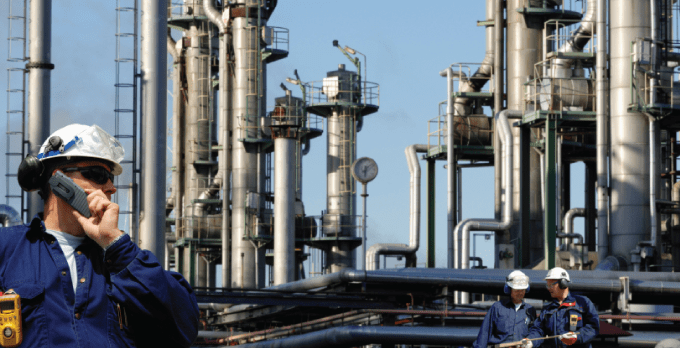
Professionals in the Chemical Manufacturing Industry Speak on the Importance of Safety Down to the Individual Level
If there’s anything we can learn from chemical manufacturing industry safety culture, it’s how to leave no stone unturned when it comes to the safety of employees so they can get home to their families in one piece, day after day. The chemical manufacturing industry is one of the most safety sensitive industries and enjoys an incident rate lower than the American average. How are they able to maintain their strong safety records? It starts with employing strong safety professionals, but it goes well beyond that. We can all learn a thing or two about excellence in safety from some of the top players in these industries.
Setting an Example
A recent piece in the Houston Chronicle took a look at just how thorough an organization in the chemical industry can get when ensuring safety measures are taken seriously. Houston is a great area to look at because of its high number of chemical plants and refineries–over 4,500 and growing. That means high demand for safety professionals and high standards when it comes to enforcing safety procedures.
Susan Rogers, Vice President of Safety at NRG, listed off a number of ways their organization keeps safety a top priority and looks at safety as not just the responsibility of safety professionals, but every staff member. Here are a few things they do to ensure a strong culture of safety at NRG:
- Promote safety in all areas, with a focus on every employee, and a saying to keep this on top of everyone’s mind: “Every person, every task, every day.”
- Ensure plant safety specialists come up through the ranks so they get hands-on experience and a deep understanding of the plant, equipment and safety procedures.
- Have safety specialists working full time in the plant, observing workers and ensuring policies and procedures are followed.
- Train employees on an ongoing basis in the classroom and within the safety and training environment.
- Promote safety over production across NRG’s 100 plants in the US (12 in Texas).
- Pursue Volunteer Protection Program (VPP) certification under the OSHA.
- Discuss safety in all meetings throughout the company, not just in the plants.
Taking steps like these have helped NRG reach the top 10 percent for safety performance in the chemical manufacturing industry.
Phillips 66 is another company in this industry setting a great example in safety. Here are some of the things they do to strengthen their safety culture:
- Focus on continuous improvement in health and safety, process safety, environmental and security systems.
- Have a dedicated staff of health and safety professionals that focus personal safety, industrial hygiene, emergency response and protecting the environment.
- Make safety part of everyone’s daily routine, not just the safety professionals.
Both NRG and Phillips 66 set great examples not only for organizations in their notoriously dangerous sector, but any organization that values strong safety culture. Their success comes from taking a holistic approach to safety and not placing the responsibility solely on those with ‘safety’ in their job title. Take a page from their safety efforts and you’re well on your way to fostering a similar culture at your company.










